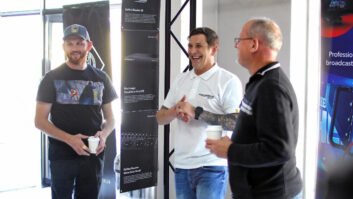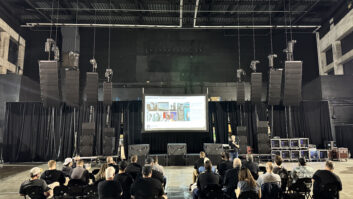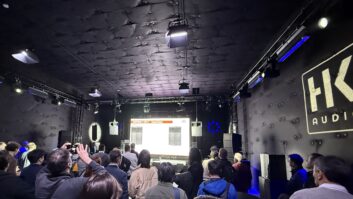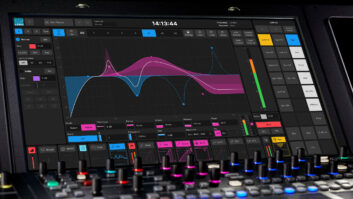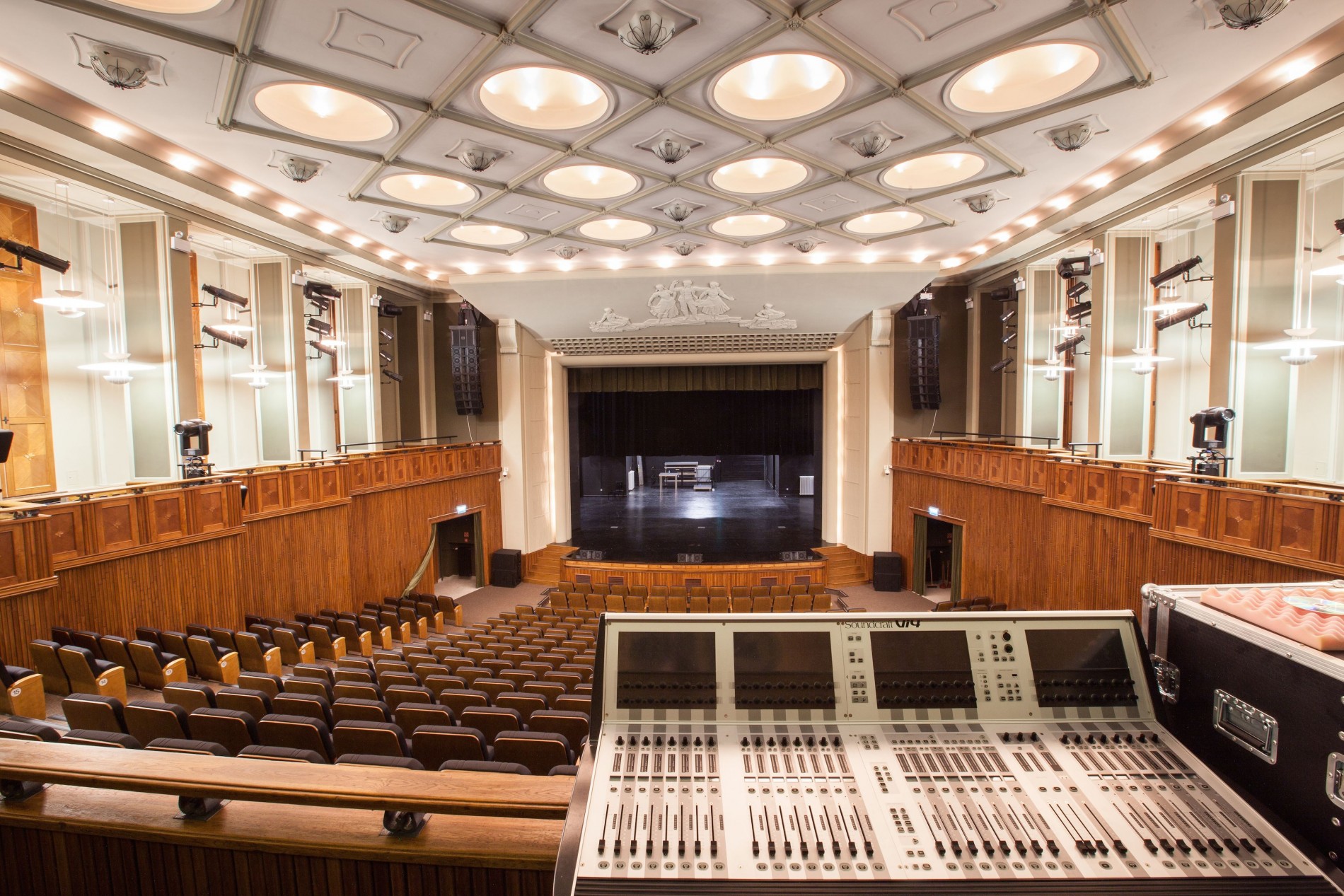
Previously discussed were the developments in audio transparency and the need to balance costs and expectations to get ‘maximum features, minimum spend’. Here David Davies looks at automation and theatre-specific software and queries how to accommodate a growing number of features onto shrinking consoles.
Theatrical applications don’t necessarily require high fader counts since engineers will necessarily undertake a lot of scene recall and VCA mixing – a fact that has an obvious knock-on benefit for console footprint. But that does mean that there is an onus on theatre consoles being able to offer powerful snapshot capabilities.
“You need to be able to offer good show/snapshot handling with features like cue isolates, audio crossfading and more,” says Sean Karpowicz, Soundcraft product manager for the Si Series mixing consoles.
For Soundcraft, this has translated to some very specific features on a console-by-console basis. “When the Vi series was originally designed, the specific needs for theatres were very much taken into account with regard to the show/snapshot system and the more advanced features like cue isolates, audio crossfading,” he adds.
For DiGiCo MD and now ProAudio Group CEO James Gordon, “a lot of it comes down to theatre-specific software and features to make it easier to handle cast changes, actors changing roles, wearing different costumes and suchlike. It’s not so [much a matter of] channel and bus count.”
In the case of DiGiCo, this recognition has translated to a long tradition of producing theatre-specific versions and software bundles. Most recently, the company introduced ‘T’ software extensions for its SD7, SD10 and SD9 consoles in order to make West End- and Broadway-style feature-sets accessible to smaller and touring theatre applications.
Cadac, meanwhile, is currently fine-tuning a new version of its SAM theatre sound show automation software, which was originally deployed with Cadac’s analogue consoles. Previewed at Prolight + Sound last year, the new, as-yet-untitled incarnation of SAM will be operable with the CDC digital desks. In a nutshell, SAM creates a recall system for show design, controlling consoles and external MIDI devices (for sound FX) via their scene memories. It yields a series of sequentially chained cues, and also enables recording and editing of MIDI events attached to a cue.
Meanwhile, Soundcraft has worked closely with a variety of leading theatre sound designers in developing the Studer Vista Theatre Workflow software. “This includes many features specifically requested from theatre engineers, including Enhanced Theatre Cue-Lists and Character/Actor Library Event Handling,” says Karpowicz.
Form factor/portability
All of these features need to be accommodated in a console that occupies as small a form factor as possible. Put simply, less space taken up by audio gear means more free for seats, merchandising and other revenue-generating matter.
Bjorn van Munster is product manager at Salzbrenner Stagetec Audio Video Mediensysteme, whose latest theatre-relevant solutions include the Salzbrenner Polaris scala DSP engine – a fully network-based console that allows multiple users within one production or even different halls to share one DSP engine. He encapsulates the simple economic equation at work here: “Small footprint translates to more space available, which means more seats and greater income.”
Soundcraft, meanwhile, developed the Vista Compact Remote “with theatres in mind; because of its small footprint it easily finds a place in almost every tiny corner in a theatre,” says Karpowicz. “With the Vista Compact Remote’s 10 faders and a touchscreen deploying the selected bay’s Vistonics screen, it can be used as a full remote control or as a redundant VCA fader box. The Vista Compact Remote can also be used as a redundant desk surface.”
Everyone agrees that the trend towards miniaturisation remains a defining influence on audio consoles for theatre. Indeed, it may actually have been responsible for the downfall of some former stalwarts of the theatre console segment. Cadac brand development manager Richard Ferriday, for example, believes the need for more seats was “pretty much solely responsible” for the demise of Cadac’s once ubiquitous J-Type.
“Go back 10 years and in the West End or [any other major theatrical hubs] and there was a 90% chance that the show was being run on a J-Type,” he says. “But as people started to look more at the logistics of theatres, and the real value of a seat in a theatre show that might run for years, they began to think about getting rid of big analogue mixers. If you can have something that is a third of the size, over a period of two years you can be looking at an extra £100,000 on the ticket revenues for a show. It’s very difficult to argue with that if a console is going to pay for itself in a year and continue to gain extra profits.”
The need for compact, portable consoles has been magnified by a less predictable pattern of console placement in theatres. Again for reasons of economics, some auditoriums have favoured moving the audio desk out of the main room altogether.
“A lot of [theatre operators] don’t like putting the console in the theatre and will try to put it in the control room where it has to share space with the lighting console, effects and so on,” says Ferriday.
But some, like van Munster, now discern a shift away from the tendency to situate consoles out of the main room on the grounds that in many cases it simply proved to be “impractical”. He observes: “The latest trend is that audio engineers go back into the auditorium, but are bound to work in extremely limited areas and therefore forced to use small-sized audio mixing equipment.”
www.soundcraft.com
www.digico.biz
www.cadac-sound.com
www.stagetec.com


